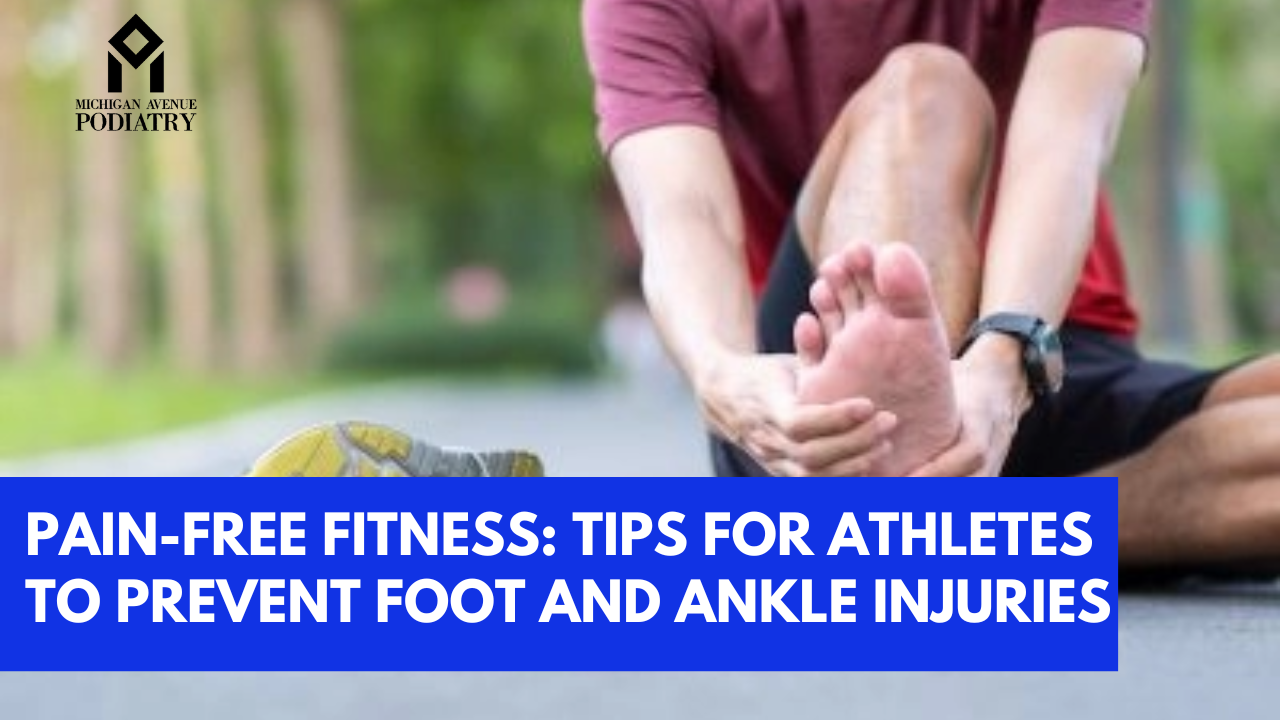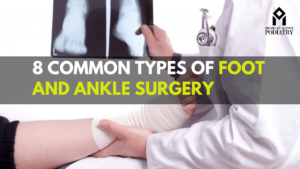For athletes, foot and ankle injuries can be more than just a setback; they can hinder performance, derail training schedules, and even lead to long-term issues if not properly addressed. Whether you’re a professional athlete or someone who enjoys recreational sports, taking care of your feet and ankles is crucial for maintaining peak performance and preventing injuries. In this guide, we’ll explore some valuable tips to help athletes keep their feet and ankles healthy and pain-free, with insights from podiatrists.
Understanding the Importance of Foot and Ankle Health:
The feet and ankles form the foundation of the body’s movement. They absorb shock, support body weight, and facilitate propulsion during various athletic activities. Consequently, they are highly susceptible to injuries such as sprains, strains, fractures, and overuse injuries.
Podiatrists, specialists in foot and ankle care, emphasize the significance of preventive measures to reduce the risk of injuries. By implementing simple strategies and techniques, athletes can safeguard their lower extremities and optimize their performance.
Tips for Athletes to Prevent Foot and Ankle Injuries:
- Proper Footwear Selection: Investing in appropriate footwear is essential for athletes. Shoes should provide adequate support, stability, and cushioning based on the specific demands of the sport. Consult with a podiatrist or a knowledgeable shoe salesperson to find the right pair for your foot type and activity level.
- Gradual Conditioning: Avoid sudden spikes in training intensity or duration, as they can strain the muscles, tendons, and ligaments of the feet and ankles. Gradually increase the intensity and duration of workouts to allow the body to adapt and strengthen gradually.
- Warm-Up and Stretching: Prior to engaging in any physical activity, warm-up exercises and dynamic stretches prepare the muscles and joints for movement, reducing the risk of injury. Focus on stretches that target the calves, Achilles tendon, and plantar fascia to enhance flexibility and mobility.
- Strength and Stability Training: Incorporate exercises that target the intrinsic muscles of the feet and the stabilizing muscles around the ankles. This helps improve balance, proprioception, and overall lower limb stability, reducing the likelihood of sprains and strains.
- Proper Technique and Biomechanical Assessment: Work with a qualified coach or trainer to ensure that you’re using proper technique and biomechanics during training and competition. Address any gait abnormalities or biomechanical imbalances through orthotics or corrective exercises prescribed by a podiatrist.
- Cross-Training and Rest: Avoid overtraining by incorporating cross-training activities that vary the stress on the feet and ankles. Additionally, allow adequate rest and recovery between workouts to prevent fatigue-related injuries and promote tissue repair.
- Nutrition and Hydration: Maintain a balanced diet rich in nutrients essential for bone and tissue health, including calcium, vitamin D, and protein. Stay hydrated to support optimal muscle function and prevent cramping during exercise.
- Listen to Your Body: Pay attention to warning signs such as pain, swelling, or discomfort in the feet and ankles. Ignoring these symptoms can exacerbate injuries and prolong recovery time. If you experience persistent or severe pain, seek prompt evaluation and treatment from a podiatrist.
Conclusion:
Foot and ankle injuries are common among athletes, but they are not inevitable. By incorporating these tips into your training regimen and seeking guidance from a podiatrist when needed, you can reduce the risk of injuries and enjoy pain-free fitness. Remember, taking proactive measures to care for your feet and ankles is essential for achieving your athletic goals and maintaining long-term health and performance.
Top of Form




